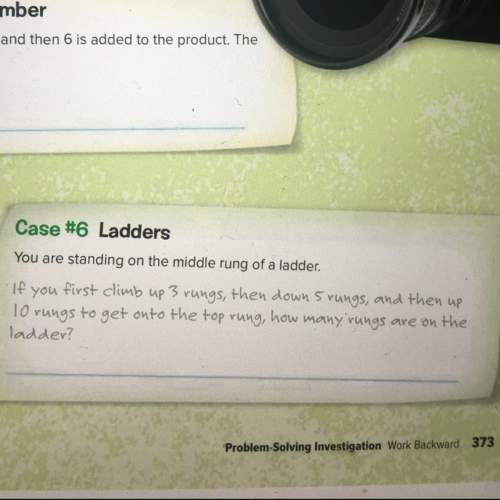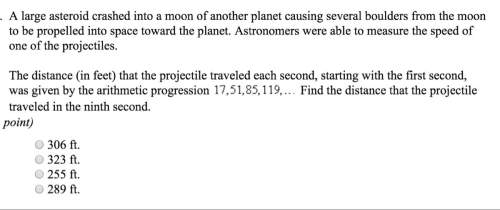
Mathematics, 18.08.2020 22:01 jay9251
A typing specialist would like to evaluate the effect of task-switching (asking someone to switch between various tasks) and room lighting on reaction time (milliseconds) in a group of 5 students in his class. He asks these 5 students to complete a computer task in which they are to judge whether or not a number is odd or even by pressing a certain key on the keyboard. He first has them complete this tasks in a room with very dim lighting, and then, an hour later, brings them back to complete the same task in a brightly-lit room. He sends them home, and asks them all to return on the following day, at which point they complete a task which alternates between asking them to identify an even/odd number and identifying whether or not the number is less than or greater than 5 (thus, there are two different tasks incorporated into the program). He has them do this in a dimly-lit room, and again, after an hour, calls them back to do it again in a brightly-lit room. Use an alpha level of .05 to assess the effect of task-switching and lighting on reaction time.
No Task-Switching Task-Switching
Dim lighting 980 1100
800 1200
900 1010
950 1000
800 1200
Bright lighting 500 1000
600 1200
600 900
500 800
600 1200
Required:
a. What test is appropriate for this analysis?
b. State the null hypothesis/es:
c. State the alternative hypothesis/es:
d. Calculate the test statistic:
e. Make a decision/s:
f. What does your decision mean? Describe what is going on in your plot here.

Answers: 3


Another question on Mathematics

Mathematics, 21.06.2019 20:00
In new york city at the spring equinox there are 12 hours 8 minutes of daylight. the longest and shortest days of the year very by two hours and 53 minutes from the equinox in this year the equinox falls on march 21 in this task you use trigonometric function to model the hours of daylight hours on certain days of the year in new york city a.what is the independent and dependent variables? b.find the amplitude and the period of the function. c.create a trigonometric function that describes the hours of sunlight for each day of the year. d. graph the function you build in part c. e. use the function you build in part c to find out how many fewer daylight hours february 10 will have than march 21. you may look at the calendar.
Answers: 1

Mathematics, 22.06.2019 00:10
Of of at a : $6, $8, $7, $6, $5, $7, $5, $7, $6, $28, $30 is?ato .ato .ato .ato .
Answers: 3

Mathematics, 22.06.2019 00:30
Consider this expression and the steps to evaluate it. 4^5(−2)^9/4^8(−2)^3 1. apply the quotient of powers: (−2)^a/4^b 2. evaluate powers: c/d select the value of each variable. a = _ b = _ c = _ d = _
Answers: 3

Mathematics, 22.06.2019 02:30
Akid's pool is cylindrical and has a radius of 5 feet and a height of 2 feet. if a cubic foot holds about 7.48 gallons of water, how many gallons of water does the kid's pool hold? 21 gallons 52.3 gallons 1,174,4 gallons 157 gallons
Answers: 2
You know the right answer?
A typing specialist would like to evaluate the effect of task-switching (asking someone to switch be...
Questions



Mathematics, 23.11.2020 19:20

Mathematics, 23.11.2020 19:20


Computers and Technology, 23.11.2020 19:20

Mathematics, 23.11.2020 19:20




Business, 23.11.2020 19:20





Spanish, 23.11.2020 19:20



English, 23.11.2020 19:20





